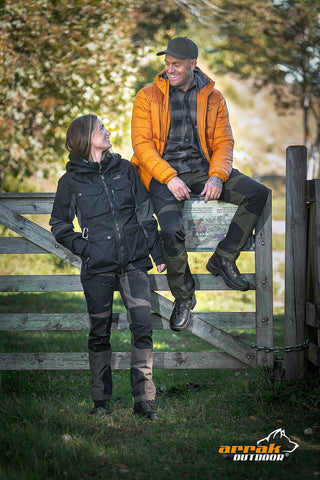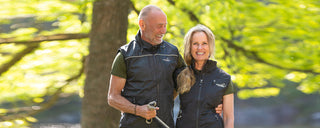The Statistics: Understanding the Risks
While specific numbers for accidents involving dog walkers at night aren’t widely available, we can look at related data for insight:
-
Pedestrian Accidents: In 2020 alone, over 7,000 pedestrians were killed in traffic crashes across the U.S., equating to roughly one death every 75 minutes. A notable 76% of these fatalities occurred during dark conditions, highlighting the increased risks at night.
-
Dog Walking Injuries on the Rise: Dog walking injuries in general have surged over recent years. From 2001 to 2020, emergency departments saw a jump from 7,300 to 32,300 annual visits for dog-walking-related injuries, including fractures, sprains, and head trauma. Many of these injuries result from falls or sudden movements of the dog, which can be even more dangerous in low visibility conditions.
Top Tips for Walking Your Dog Safely at Night
1. Increase Your Visibility
Being seen is one of the best ways to avoid accidents at night. Here are some tips to ensure both you and your dog are visible to drivers and cyclists:
- Reflective Gear: Wearing reflective clothing like Arrak Outdoor's Reflective Dog Owner's Vest can significantly improve your visibility to drivers, alerting them that a pedestrian is on the road. This vest is designed to reflect light from headlights, making you stand out even in low-light conditions.
- LED Collars and Leashes: Consider investing in LED collars or leashes for your dog, which not only make them visible but also add an extra layer of safety.
- Carry a Flashlight: A flashlight not only helps you see the path ahead but also signals your presence to others.
2. Use a Non-Retractable Leash
A retractable leash can make it harder to control your dog, especially in an emergency. Instead, use a standard, non-retractable leash to keep your dog closer to you and reduce the risk of them darting into traffic unexpectedly.
3. Stay Aware of Your Surroundings
Avoid distractions, like checking your phone, which can make you less responsive to potential hazards. Stay alert to oncoming traffic, cyclists, or other pedestrians, especially if they may not see you right away.
4. Train Your Dog for Nighttime Walks
If your dog is nervous or excitable on nighttime walks, it’s worth dedicating some training to improve their calmness and responsiveness on a leash. Basic obedience skills like “heel,” “stop,” and “stay” can be invaluable for maintaining control.
Additional Tips for Enhanced Safety
- Plan a Safe Route: Choose well-lit paths or sidewalks where possible, and avoid crossing high-traffic areas.
- Wear Bright Colors: In addition to reflective gear, bright colors can improve visibility.
- Watch for Hazards on the Ground: In the dark, it’s easier to miss obstacles like uneven pavement or loose objects, which can lead to trips and falls.
Conclusion
Nighttime walks can be a relaxing way to end the day, but it’s essential to take the right precautions. By making yourself visible with reflective gear like Arrak Outdoor's Reflective Dog Owner's Vest for women and men, reflective beanies, and arm bands using the right equipment, staying alert, and training your dog, you can reduce the risks and enjoy a safer experience with your furry friend. Stay safe, stay seen, and keep those tails wagging!






